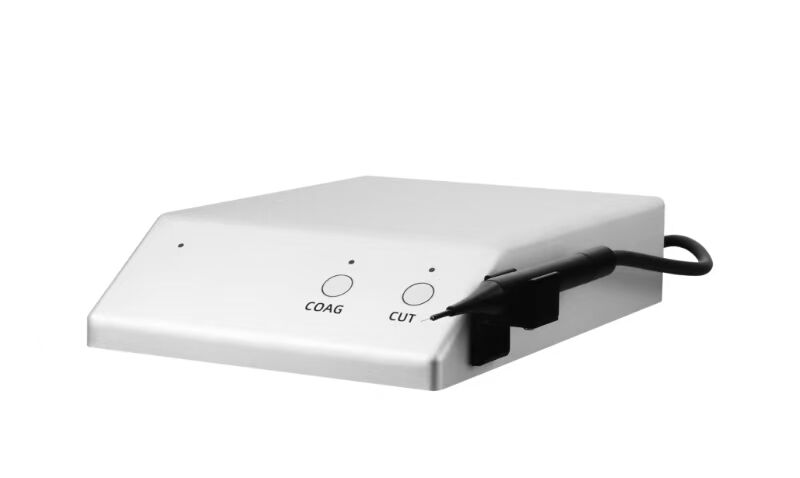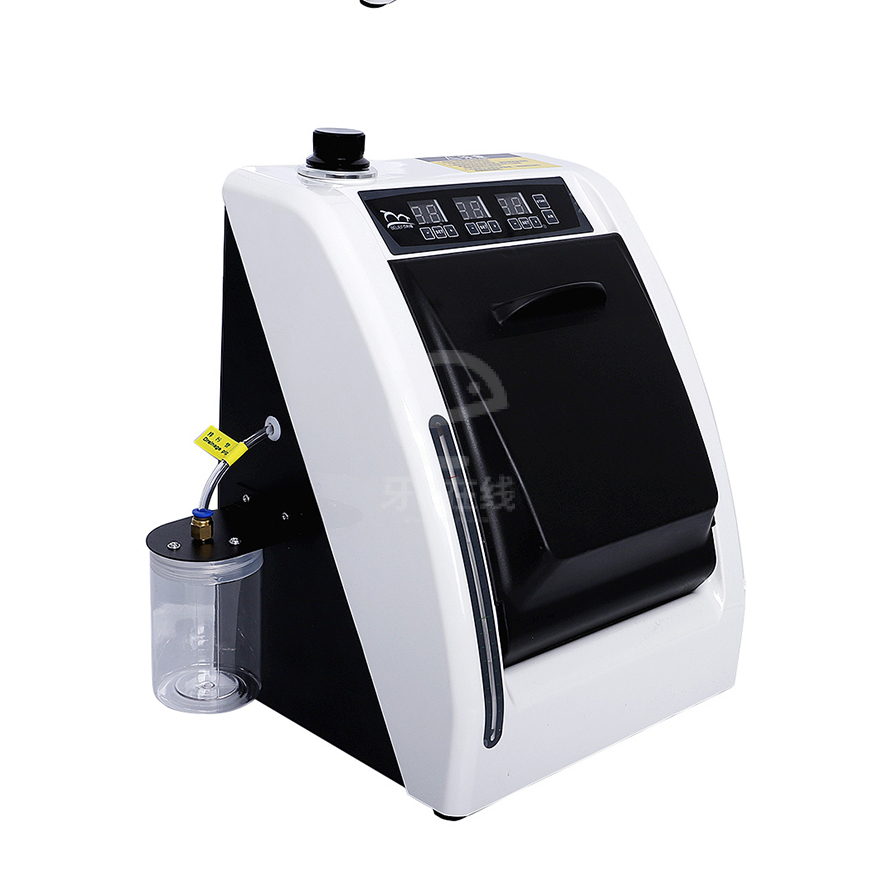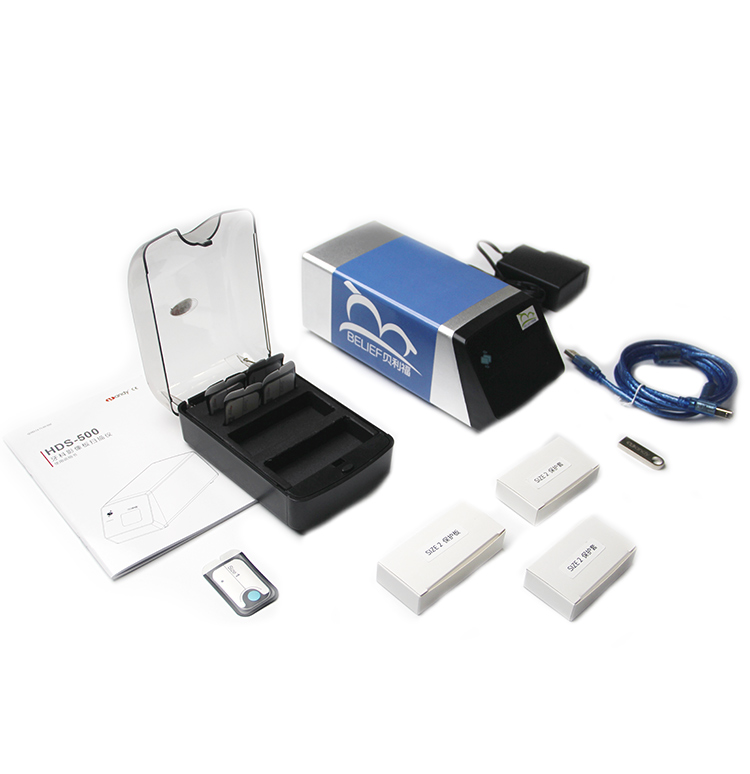orthodontic instruments names and uses
Orthodontic instruments represent a comprehensive collection of specialized tools essential for dental professionals in providing accurate and effective orthodontic treatment. These instruments include pliers, which come in various designs for specific tasks like wire bending and bracket removal, diagnostic tools such as measuring gauges and articulating paper holders, and bracket positioning instruments that ensure precise placement of orthodontic appliances. Modern orthodontic instruments incorporate ergonomic designs, high-grade stainless steel construction, and precision-engineered tips for optimal performance. Key categories include ligature directors for secure wire placement, band seating instruments for proper band positioning, and scalers specifically designed for orthodontic cleaning. Advanced features like tungsten carbide inserts enhance durability and cutting efficiency, while autoclavable materials ensure proper sterilization. These instruments are designed to provide maximum control and visibility during procedures, featuring non-slip handles and balanced weight distribution. The integration of digital technology has led to the development of smart instruments with measurement capabilities and improved accuracy in bracket positioning.


